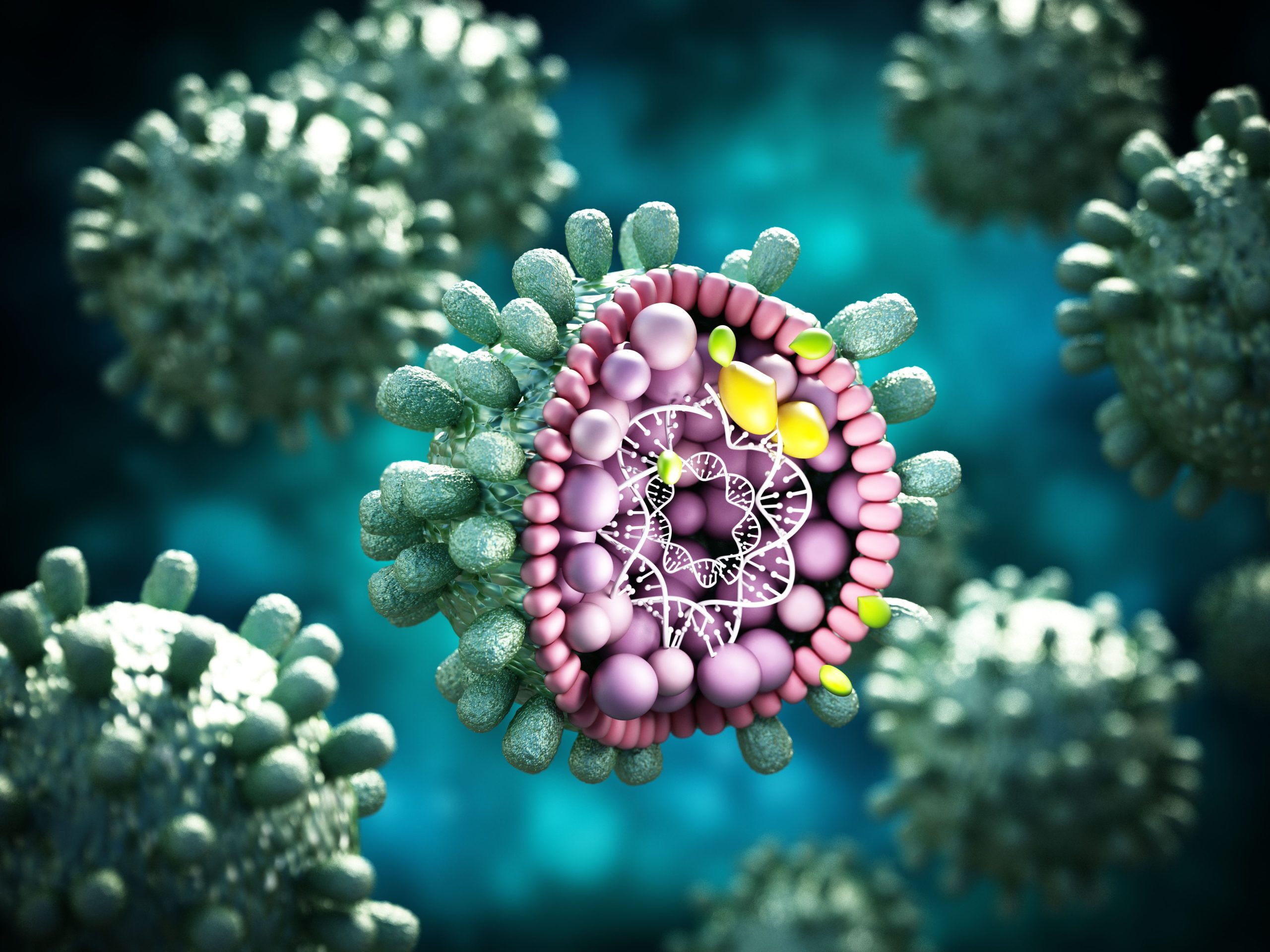Infection
Roche Launches Immunoassay to Detect Acute Hepatitis B Infection
The Elecsys HBeAg quant can detect the presence and quantity of the hepatitis B e antigen (HBeAg) in human serum and plasma.
Roche has launched the Elecsys HBeAg quant, an immunoassay capable of detecting the presence and quantity of the hepatitis B e antigen (HBeAg) in human serum and plasma.
According to the manufacturer, the Elecsys quant combined with other laboratory data and clinical information will allow patients to find out whether they have hepatitis B virus (HBV) infection, the extent of the infection, and will enable treatment monitoring through a single assay.1 The Elecsys HBeAg quant is designed to use on the cobas e analyzers in countries that accept the CE Mark, Roche stated in the release.
“Hepatitis B affects millions of people each year and is a major global health burden. An accurate diagnosis is critical to ensuring timely treatment options. If hepatitis B is left untreated, it can cause chronic infections, putting people at high risk of death from cirrhosis and liver cancer,” said Matt Sause, CEO of Roche Diagnostics, in a press release. “The addition of the Elecsys HBeAg quant immunoassay to our viral hepatitis testing portfolio underlines Roche’s commitment to tackle healthcare’s biggest challenges to support clinicians and their patients.”
The World Health Organization estimated that in 2019, 296 million individuals had chronic HBV, with 1.5 million new infections reported each year. Data from 2019 also show an estimated 820,000 deaths associated with HBV, primarily from cirrhosis and hepatocellular carcinoma.2
HBV is typically diagnosed via detection of active infection using the HBV surface antigen (HBsAg) test. Different types of antigens within the HBsAg suggest the degree of infectiousness. Patients infected with hepatitis Be antigen (HBeAg) carry a greater viral load. Acute or ongoing chronic infection is associated with antihepatitis Bc IgM.3
HBV surface antibodies have viral DNA in blood and liver tissue that can be further analyzed with polymerase chain techniques. Patients with HBV may develop a wide range of symptoms, such as fever, fatigue, loss of appetite, and nausea and vomiting.
Studies note the importance of maintaining antibody levels against the virus. One of the only treatments available for active HBV infection is interferon alfa (IFN-a), which directly inactivates viral DNA by inhibiting protein synthesis.4 HBV is the most common type of viral hepatitis, and can impact all ages groups, creating a significant burden on global healthcare systems.1
According to Roche, the Elecsys HBeAg quant test complements current HBV testing markers. The test will allow care providers to determine the disease phase of patients with suspected infection, assess viral activity in the liver, as well as the risk of progressive liver disease and hepatocellular carcinoma.
Advertisement
Roche notes that Elecsys HBeAg lowers complexity and improves operational efficiency because of a leaner workflow for lab personnel. The qualitative result provided by Elecsys HBeAg helps to diagnose patients with HBeAg as an early marker of acute HBV and can indicate chronic or active HBV, according to Roche. They added that this will improve patient management and help facilitate the most appropriate treatment plan.
The tool can also be used for perinatal screening by monitoring antiviral treatment response among patients with HBV. This may help to support developing a treatment plan that targets each individual patient’s needs, according to Roche.
References
1. Roche expands hepatitis diagnostics portfolio to help clinicians diagnose and monitor patients with acute or chronic hepatitis B infection. Roche. News release. November 27, 2023. Accessed November 28, 2023.
2. WHO 2023. Hepatitis B Fact sheet. Available at https://www.who.int/en/news-room/fact-sheets/detail/hepatitis-b. Accessed November 28, 2023.
3. Gregorio, Germana V, et al. Viral Hepatitis. National Center for Biotechnology Information, U.S. National Library of Medicine, 1995, https://www.ncbi.nlm.nih.gov/pmc/. Accessed November 28, 2023.
4. Houglum J. E. (1983). Interferon: mechanisms of action and clinical value. Clinical pharmacy, 2(1), 20–28. Accessed November 28, 2023.

